Eco-Heroes
Akar Napas: The Answer to Indonesia’s Eroding Coastline
06/22/2023
by Pakpitchaya Borvonsin
Akar Napas specializes in mangrove preservation based on ecosystem and biodiversity knowledge in Yogyakarta, Indonesia.
06/22/2023
by Pakpitchaya Borvonsin
Akar Napas specializes in mangrove preservation based on ecosystem and biodiversity knowledge in Yogyakarta, Indonesia.
I’m pretty positive that at some point in life, almost everyone must have heard of, or even actually participated in, a mangrove planting activity before. But, did you know that a great number of mangrove restoration efforts often fail? Based on a large-scale study, roughly half of seedlings do not survive (McGill, 2022).
I am not at all trying to suggest that there is no hope in mangrove reforestation efforts. In fact, a common reason mangrove seedlings have low survival rates is because a particular mangrove species had not been put in the right place (McGill, 2022). That is to say, one of the ways to ensure a mangrove planting effort succeeds is to plant the right species in the right place!
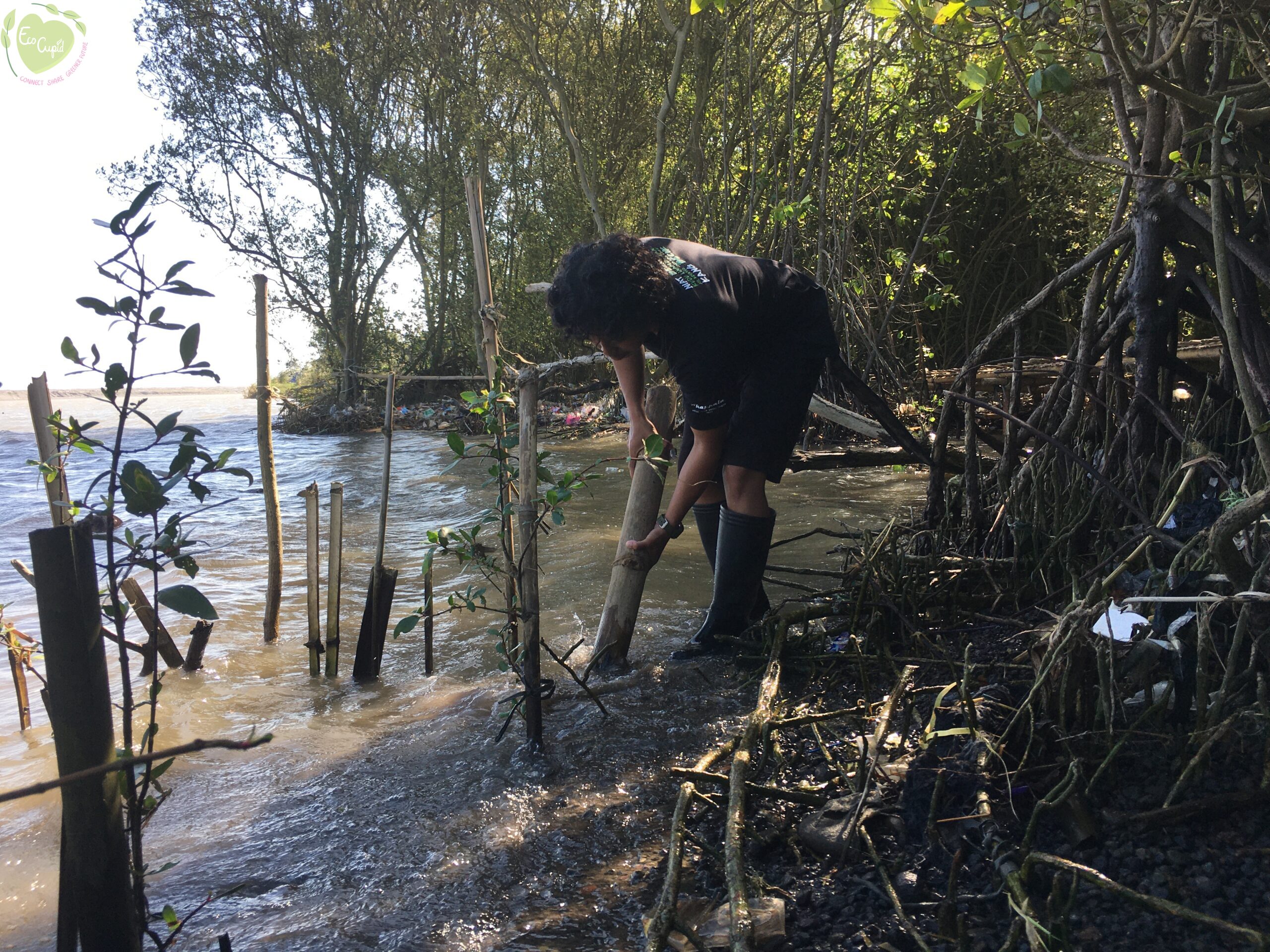
Here, I would like to introduce you to “Akar Napas,” a mangrove preservation initiative, in which a particular attention is placed on the characteristics and differences among mangrove species. Akar Napas was established in Yogyakarta, Indonesia to preserve the Sonneratia and Avicennia mangrove species that can more effectively bind soil together than the well-known Rhizophora, by putting them in the right place through the implementation of a zonation system.
Indonesia covers the world’s largest area of mangroves. However, every year, approximately 52,000 hectares of Indonesian mangroves are lost. And, in the past three decades, already 40 percent of the country’s mangroves have been lost (Basorie, 2022). Now, Indonesia is already being faced with the consequences of the disappearance and the degradation of mangroves. To illustrate, coastal communities across Java Island have been experiencing worsening floods. Abdul Muhari, a representative from Indonesia’s National Disaster Mitigation Agency, highlights mangrove destruction—primarily driven by land use conversion to aquaculture—as a key reason behind the increased severity of the impact and undoubtedly puts stress on its conservation as a flood-prevention measure (Antara News, 2022).
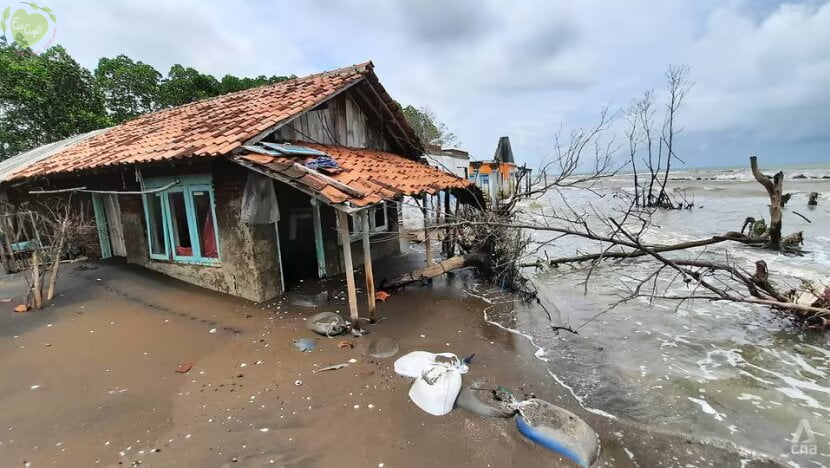
As a community located in Yogyakarta, south-central Java, one of the reasons Akar Napas was initiated is due to the belief that mangroves are the best mechanism to protect the land against flooding.
“[The] rising sea level has made a number of islands in the area disappear, and nothing else can more effectively and efficiently protect the land than mangroves,” says Imam Harahap, a staff member of Akar Napas.
Imam also specifies that the start of the initiative was also stimulated by climate-related issues back in 2003, when it was obvious that the world had gotten warmer due to CO2 emissions caused by human activities. Since then, there have been many eco-activists who try to encourage people to plant trees because of their ability to absorb CO2 and then they unexpectedly learned that mangroves can actually absorb a greater amount of CO2 than regular tropical trees.
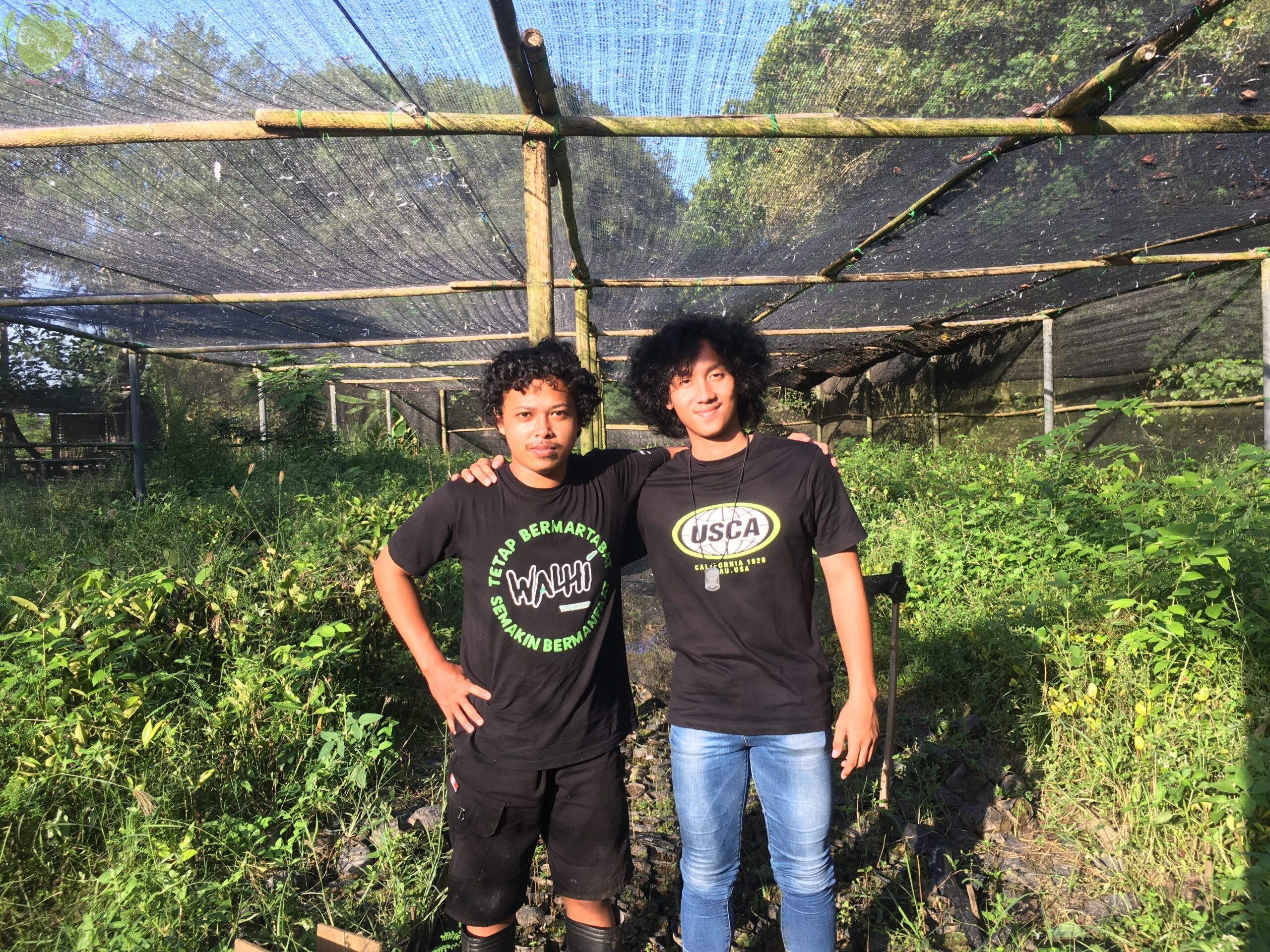
Akar Napas was established by the youth who lived around the Baros Beach area in Yogyakarta. At first, it was called KP2B (Community of Baros Beach’s Youth), which primarily focused on preserving the existing native mangrove plantations and promoting a planting activity without paying much attention to the species. However, as time passed, the community started to realize that something was not right and shifted their focus to properly preserving the Sonneratia and Avicennia mangrove species.
Imam states that “both [species] are the main characters that save the soil from degradation and abrasion, not the Rhizophora, which is the well-known one.”
He adds that the community has needlessly lost many hectares of land because they underestimated the existence of these species and their role. As a result, in 2020, KP2B was changed to Akar Napas, which is aimed to educate people on how to grow and conserve those particular species.
Akar Napas runs replanting campaigns for Sonneratia and Avicennia species, which have been quite successful. They were able to grow the Sonneratia as high as 2 meters.
According to Imam, “This might be considered as one of our greatest achievements as Sonneratia is known to be hard and time-consuming to grow.”
For those who want to be part of this campaign, it is actually very easy. An individual, or a group of interested individuals, just needs to reach out to Akar Napas via their social media platforms. What one needs in order to participate is only their determination and commitment to take care of the mangrove until it is ready to survive against the waves. The community usually organizes this activity once a week. Aside from going out into the field and checking up on the mangroves, one also needs to participate in mangrove conservation classes and discussion sessions.
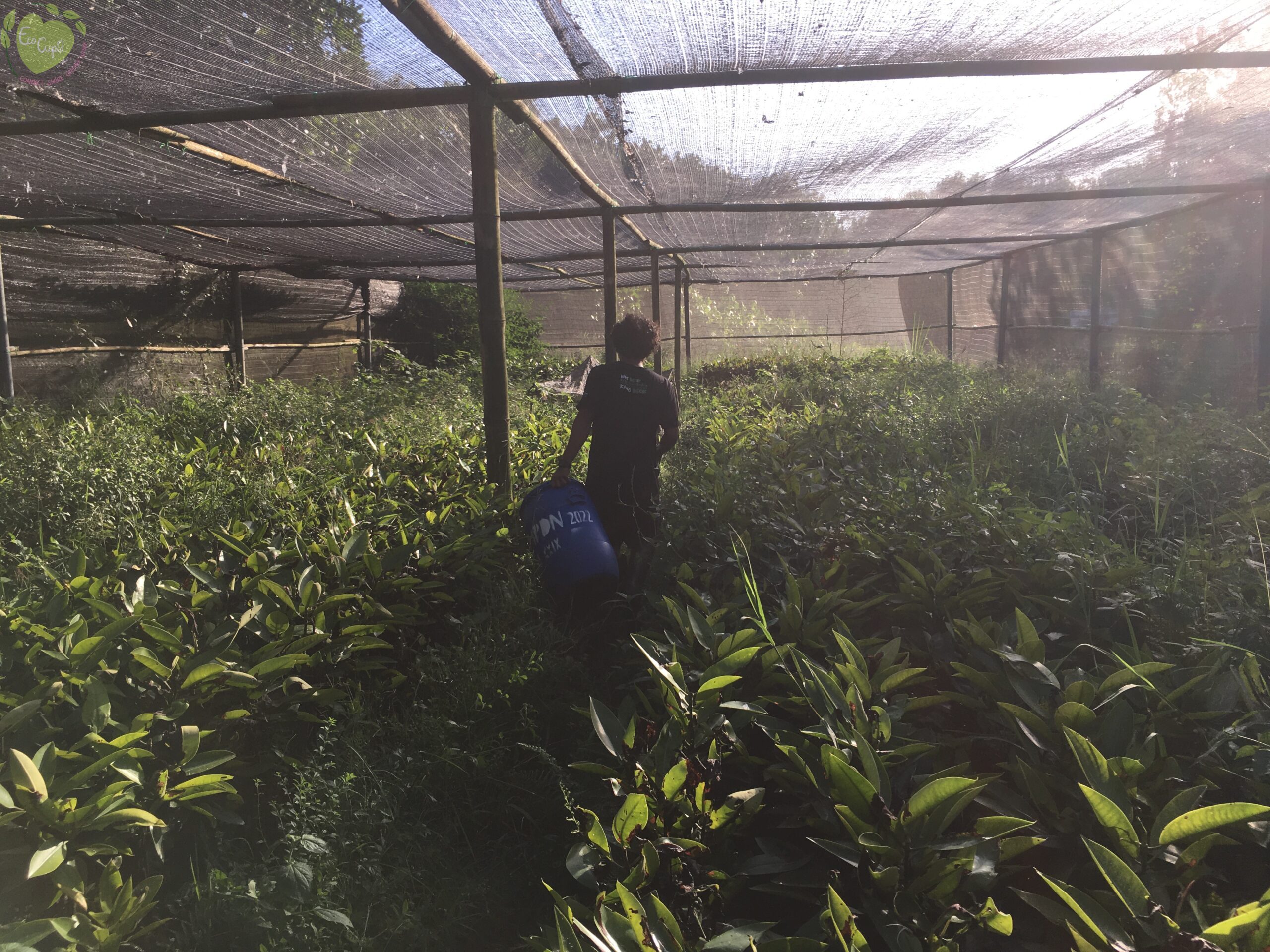
Aside from the replantation of the aforementioned species, Akar Napas also emphasizes on raising awareness on these issues among teenagers, whom they believe will play a big role in passing on knowledge to the next generation.
“We try to create and show people an opportunity to participate in saving nature through saving mangroves. Yogyakarta is particularly famous as a city that is home to various environmental communities, and Akar Napas has partnered and collaborated with many of them. Through this positive connection, we have been able to connect with many teenagers, whom we mainly target as they are going to be the role model for future generations,” says Imam.
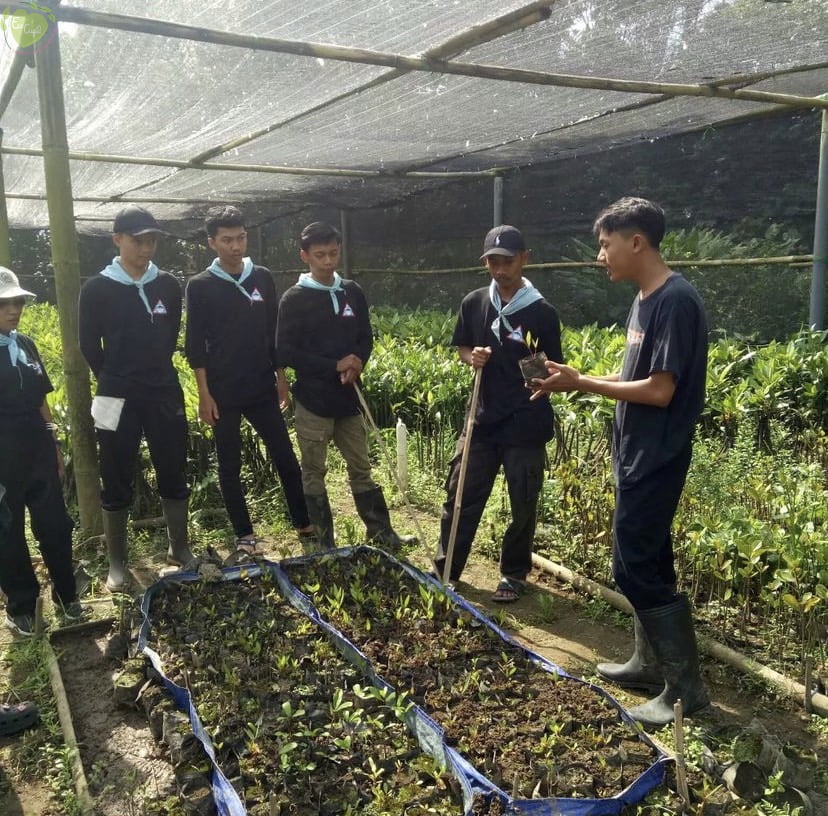
Moreover, Akar Napas targets and works with local communities to make colored fabrics from the use of natural dyes, extracted from mangroves. They named this program ‘Eco-Printing’. Similar to the replanting activity, those who want to join the Eco-Printing program will have to join a mangrove conservation class beforehand.

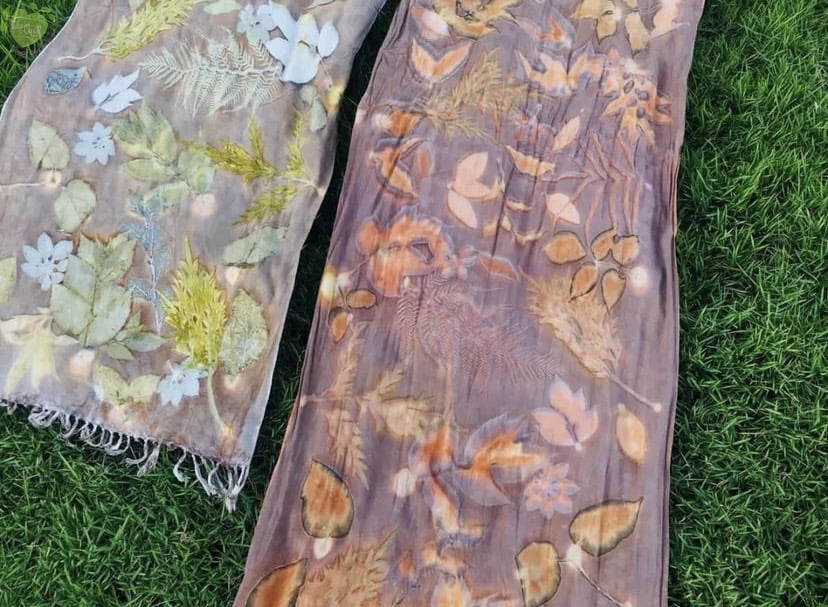
According to Imam, the purpose of these classes is to ensure that every participant truly understands and realizes the importance of taking action to tackle environmental issues through mangrove preservation. Akar Napas wants to leave a long-lasting imprint concerning mangrove awareness and conservation on people’s minds, so that the results of their activities are sustainable.
The community also hosts a program called “Adopsi Mangrove”. In this program, one can ‘adopt’ a young mangrove and take care of it at home; then once it’s grown enough, they can return it to Akar Napas, who will have it planted in the right place and look after it.
Getting to devote oneself to one’s passion must be very pleasing. This might be many people’s impression of Imam. However, that does not mean that the path Imam took is only filled with pleasant experiences.
According to Imam, working as part of Akar Napas inevitably faces him with a lot of depressing sights. He finds it heartbreaking to see the mangroves disappear as strong sea waves sweep them off. Baros Beach is the end point of nine different rivers in Yogyakarta, and they all bring with them an innumerable amount of plastic and waste that eventually ends up being entangled in mangrove roots, making it worse to see. Akar Napas truly hopes for the government’s intervention and support.
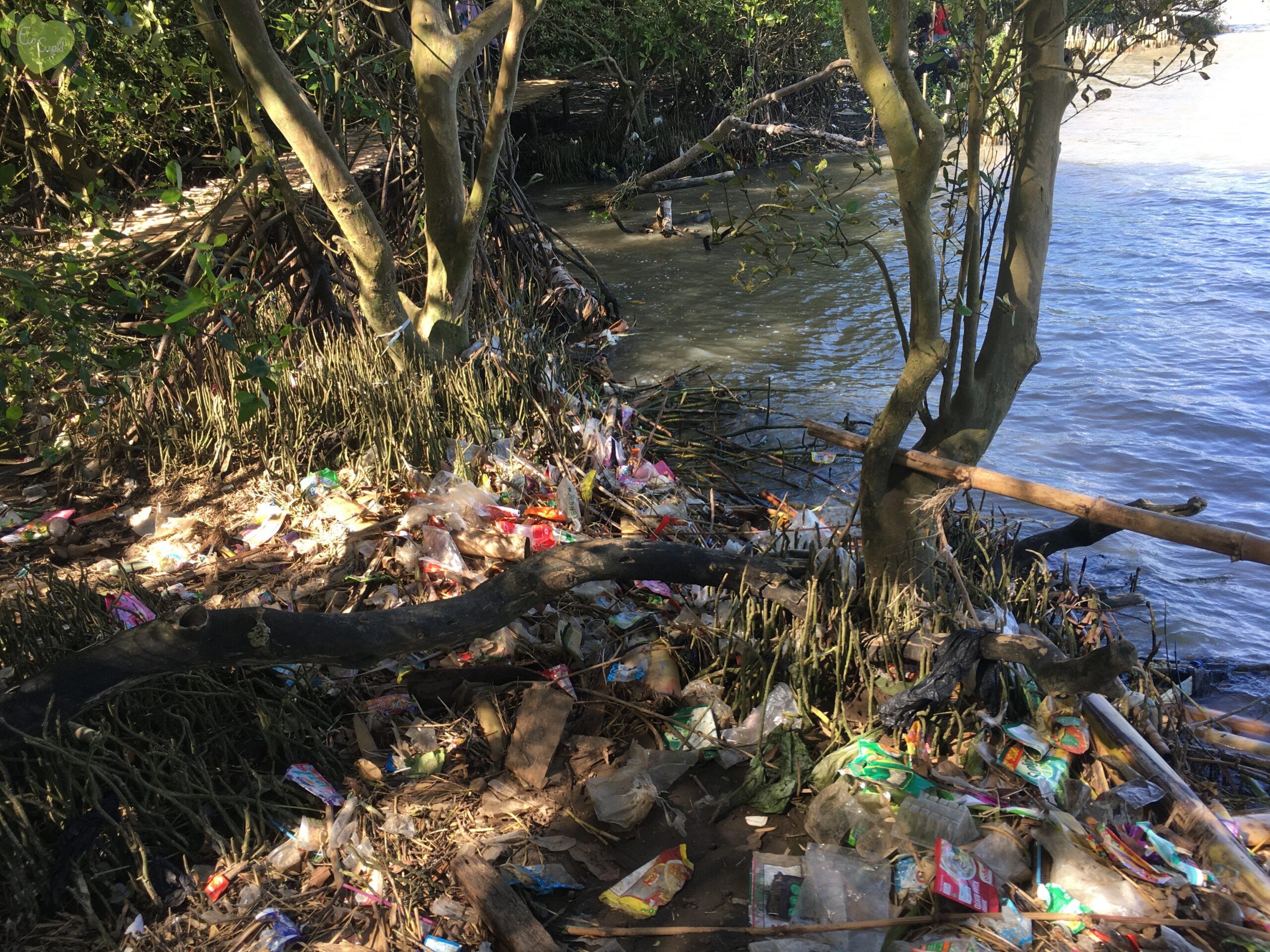
Nevertheless, Imam still believes joining Akar Napas has been life-changing for him. Getting to see the excitement from participants is really special for Imam because it really reflects how much they are committed to saving these ecosystems. He also says that he is very grateful for the knowledge he has gathered from the experience.
When asked whether there are any plans to improve Akar Napas’ activities, Imam brings up the implementation of the zonation system. Zonation refers to unique zones within a mangrove forest which are dominated by certain mangrove species (Baloloy et al., 2021).
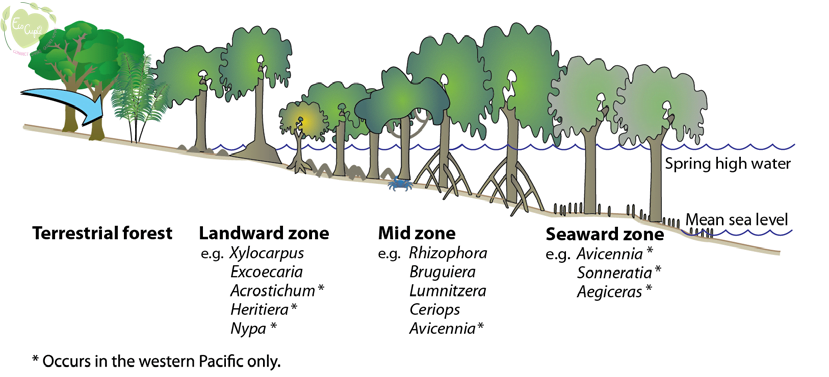
“We are trying to properly implement the zonation system. It is truly vital to set up four different zones and know where certain species of mangroves should be planted. The first zone is where Avicennia and Sonneratia have to be, as it is the closest area to the sea. The two species will serve as the frontier that will prevent soil erosion. Their unique type of roots can strongly bind the soil together—this will not be the case if you plant the Rhizophora,” says Imam.
According to Imam, although Rhizophora might be bigger and seem stronger, it is in fact weaker compared to the two species of interest. He adds that putting a mangrove species in the zone where it does not belong—like putting a species of the second or the third zone in the first zone— is only going to be useless. And, unfortunately, most of the mangroves in the world today are not planted in the right place.
Akar Napas fills me with hope for the fate of mangrove restoration and my home’s future. As a Southeast Asian myself, I am aware of how mangroves have been severely degrading, particularly due to the development of aquaculture and agriculture (Davis, 2015). I cannot overstate the vital role mangroves will play in saving the region’s coastlines and the lives of millions, including my own. Thus, seeing such an environmental community like Akar Napas working to preserve mangroves, incorporating mangrove-related technical knowledge into their activity planning and strategies, while passing on the knowledge to the public to ensure sustainable outcomes, gives me hope for the future.
(Edited by Amanda Tolentino and Bryan Yong)
Last updated July 7th 2023
Antara News. (2022, December 13). BNPB pushes mangrove conservation in northern Java as flood-prevention. https://en.antaranews.com/news/265251/bnpb-pushes-mangrove-conservation-in-northern-java-as-flood-preventio
Baloly, A. B., Blanco, A. C., Sharma, S., & Nadaoka, K. (2021). Development of a rapid mangrove zonation mapping overflow using Sentinel 2-Derived indices and biophysical dataset. Frontiers, 2. https://doi.org/10.3389/frsen.2021.730238
Basorie, W. D. (2022). Indonesia’s mangrove restoration bid holds huge promise, but obstacles abound. Mongabay.https://news.mongabay.com/2022/07/indonesias-mangrove-restoration-bid-holds-huge-promise-but-obstacles-abound/
Davis, M. E. (2015). Why are Southeast Asia’s mangroves being destroyed? Hint: it may be your diet. Mongabay. https://news.mongabay.com/2015/12/researchers-id-mangroves-worst-enemies/
McGill, H. (2022). Rethinking mangrove restoration: Planting or natural recovery? Plan Vivo. https://www.planvivo.org/blog/rethinking-mangrove-restoration-planting-or-natural-recovery
Rayda, N. (2021). Abandoned houses in Dukuh Semonet village in Pekalongan, Indonesia [Photograph]. CNA. https://www.channelnewsasia.com/climatechange/indonesia-pekalongan-land-sinking-coastal-flooding-disappear-1883156
Waycott, M., McKenzie, L. J., Mellors, J., & Payri, C. (2011). The three zones typical of mangrove habitats in the tropical Pacific, showing the differences in mangrove species typical of each zone. [Photograph]. ResearchGate. https://www.researchgate.net/publication/259649359_Vulnerability_of_mangroves_seagrasses_and_intertidal_flats_in_the_tropical_Pacific_to_climate_change
Akar Napas is a science-based mangrove preservation initiative. Based in Baros Mangrove Forest, Bantul Regency, Special Region of Yogyakarta, Indonesia, Akar Napas focuses on planting the right species to prevent coastal erosion. You can reach out to them at https://www.instagram.com/akarnapas/


Pakpitchaya Borvonsin or Wan is a fresh graduate from Thailand. She’s passionate about the ocean and determined to devote herself to the field of marine conservation. Currently, she is working as a project assistant for a Japan-Thailand joint research project on aquaculture, from which she is learning a lot about how sustainable aquaculture is necessary for the achievement of SDGs.